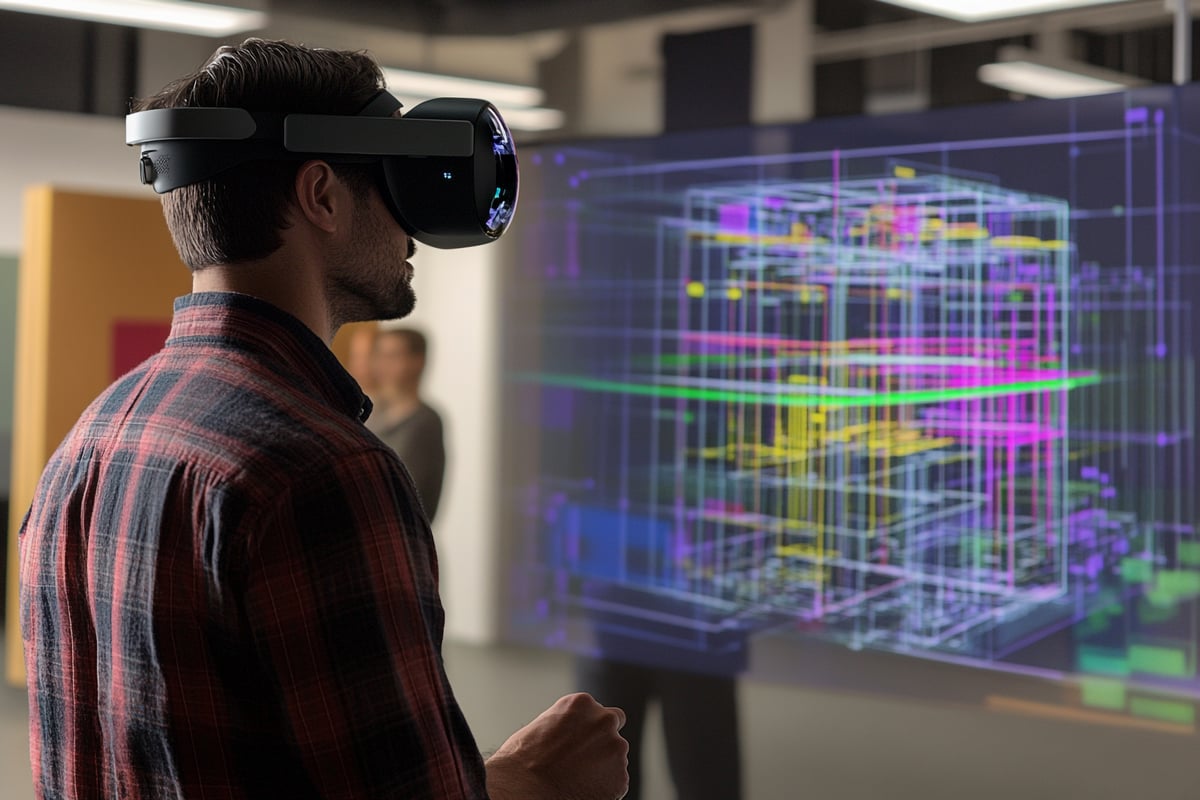Published on
The Transformative Power of Immersive Learning

Editor’s note: This article is adapted from a conversation with Chris Vitelli and Josh Reibel on the Illumination Podcast. To hear the full discussion, listen to the episode here.
As the educational landscape evolves, traditional models are being challenged to keep pace with the expectations of today’s students—who are more diverse, tech-savvy, and outcomes-focused than ever before. At the forefront of this transformation is immersive learning, a modality that merges cutting-edge technology with age-old storytelling to revolutionize student engagement.
The heart of immersive learning lies in its ability to make students not just observers of content but protagonists within it. This approach leverages virtual and experiential technologies to place learners inside narratives that require them to act, think critically, and make decisions—just like in real life. Unlike passive learning models, immersive education sparks emotional engagement. It creates moments where students genuinely care about the outcomes, driving deeper investment in their learning journeys.
This shift is not just about flashy technology; it’s about meeting a generational demand for meaningful connection. Students today have fractured attention spans, often honed by rapid-fire content on platforms like TikTok. But inside a headset, immersed in a well-crafted narrative, they are focused, attentive, and motivated. They stop checking their phones. They stay present.
More importantly, immersive learning has shown the ability to level the playing field. For first-generation students, adult learners, and individuals from underserved communities, the traditional classroom can often feel alien and inaccessible. By contrast, immersive environments offer universal access to engagement—where everyone, regardless of background or prior preparation, can thrive. When students see themselves as central to the story, their confidence grows. Their sense of belonging increases. And critically, their persistence improves.
The educational impact is already measurable. Data from institutions using immersive platforms show increases in student retention, success, and satisfaction. These gains are not coincidental—they stem from learning models that treat education as a whole-body experience, not just a cerebral one. Storylines become metaphors for academic challenges; haptic feedback and sensory cues become pathways to understanding complex concepts.
And while the technology is important, the real innovation lies in the narrative architecture. Education becomes a departure hub, not a confinement zone. Students journey through time, scale, and subject matter—from the microscopic to the interstellar, from past civilizations to speculative futures. They explore the cosmos while learning physics, dive into ecosystems to understand biology, or simulate emergency rooms to study healthcare.
The immersive approach also speaks directly to the future of lifelong learning. In a world where careers shift and evolve constantly, learners need tools that adapt as they do. By integrating immersive learning into modern pathways—such as workforce training, upskilling programs, and continuing education—we prepare students not just for their first job, but for a lifetime of learning.
This is where the convergence of mission and technology becomes most powerful. Immersive learning doesn’t just teach; it transforms. It redefines what’s possible in education. And for institutions willing to lead, it offers a compelling answer to the pressing question: How do we remain relevant in an era of radical change?
The answer is clear. Engage learners not just with content, but with context. Empower them not just to learn, but to live the learning experience. Because when students feel seen, heard, and immersed—they stay. They succeed. They become learners for life.



